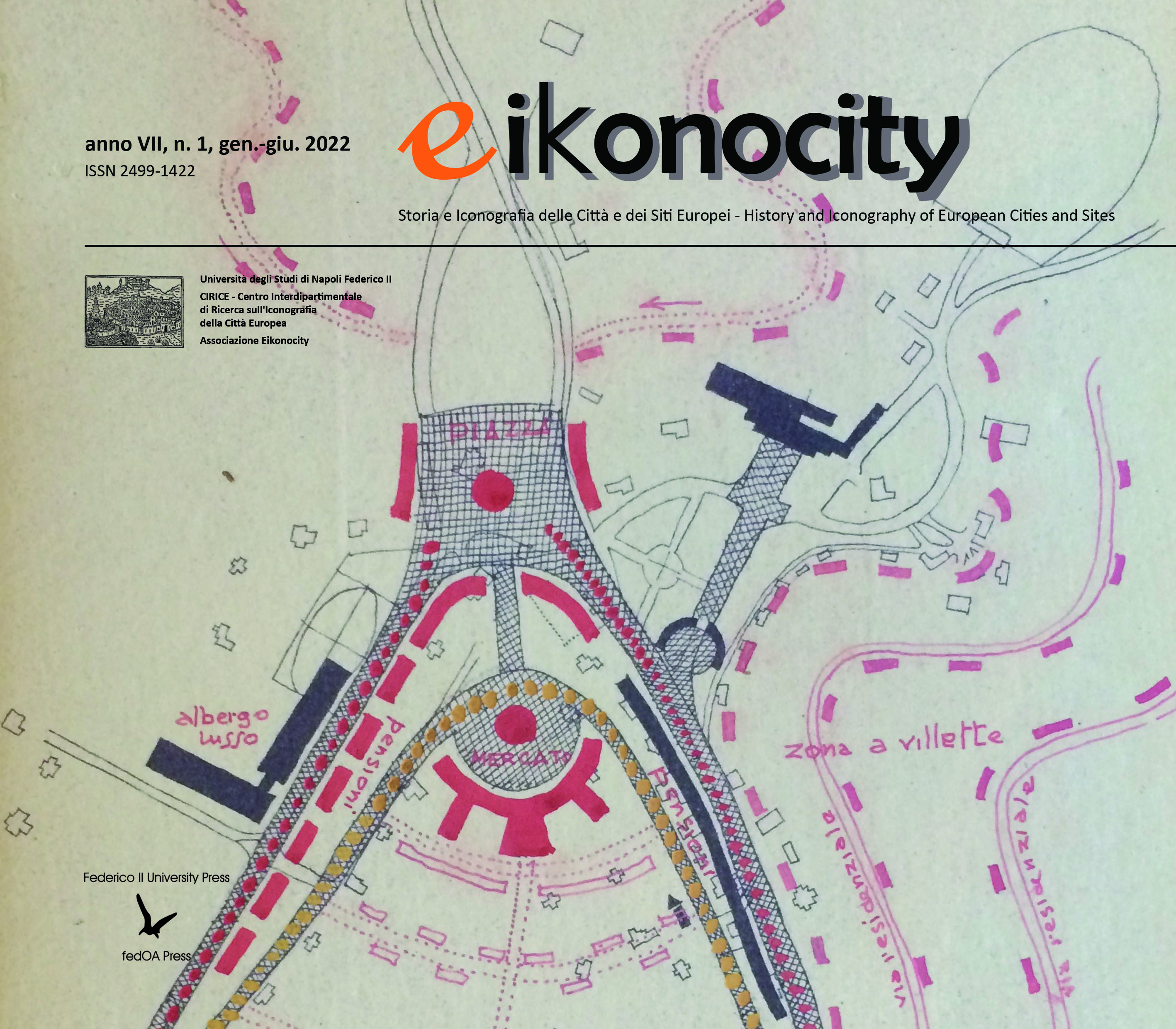The archaeological site of Pompeii after World War II: Amedeo Maiuri’s direction and tourism
DOI:
https://doi.org/10.6093/2499-1422/8658Abstract
The long direction of the excavations of Pompeii by Amedeo Maiuri from 1924 to 1961 was the most profitable not only for the conduct of the excavations, for the studies, but also for the tourist enjoyment of the places. As well as the excavation activity, Maiuri flanked an equally prolific dissemination work, which aroused a growing and wide interest around Pompeii. The intense excavation activity continued until 1961, evidenced by the postcards of Pompeii, preserved in the Library of the National Archaeological Museum of Naples, produced at a time when color images were widely distributed and Pompeii was transformed into a real open-air museum.
Downloads
Downloads
Published
How to Cite
Issue
Section
License
Eikonocity pubblica in internet, ad accesso aperto, con licenza:
|
|
CCPL Creative Commons Attribuzione 4.0 |
L'autore conserva il copyright sul suo contributo, consentendo tuttavia a chiunque "di riprodurre, distribuire, comunicare al pubblico, esporre in pubblico, rappresentare, eseguire e recitare l'opera", purché siano correttamente citati l'autore e il titolo della rivista. L’autore, al momento della proposta di pubblicazione, è inoltre tenuto a dichiarare che il contenuto e l’organizzazione dell’opera è originale e non compromette in alcun modo i diritti di terzi, né gli obblighi connessi alla salvaguardia di diritti morali ed economici di altri autori o di altri aventi diritto, sia per testi, immagini, foto, tabelle, sia per altre parti di cui il contributo può essere composto. L’autore dichiara altresì di essere a conoscenza delle sanzioni previste dal codice penale e dalle leggi speciali per l’ipotesi di falsità in atti ed uso di atti falsi, e che pertanto Eikonocity è esente da qualsiasi responsabilità di qualsivoglia natura, civile, amministrativa o penale, e sarà dall'autore tenuta indenne da qualsiasi richiesta o rivendicazione da parte di terzi.


